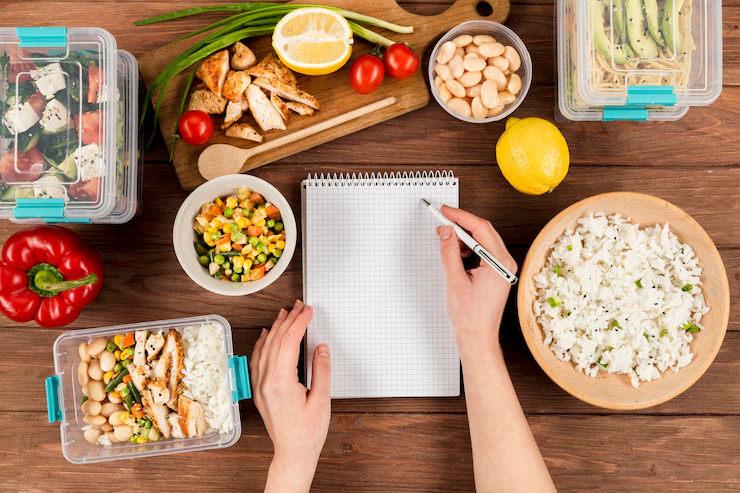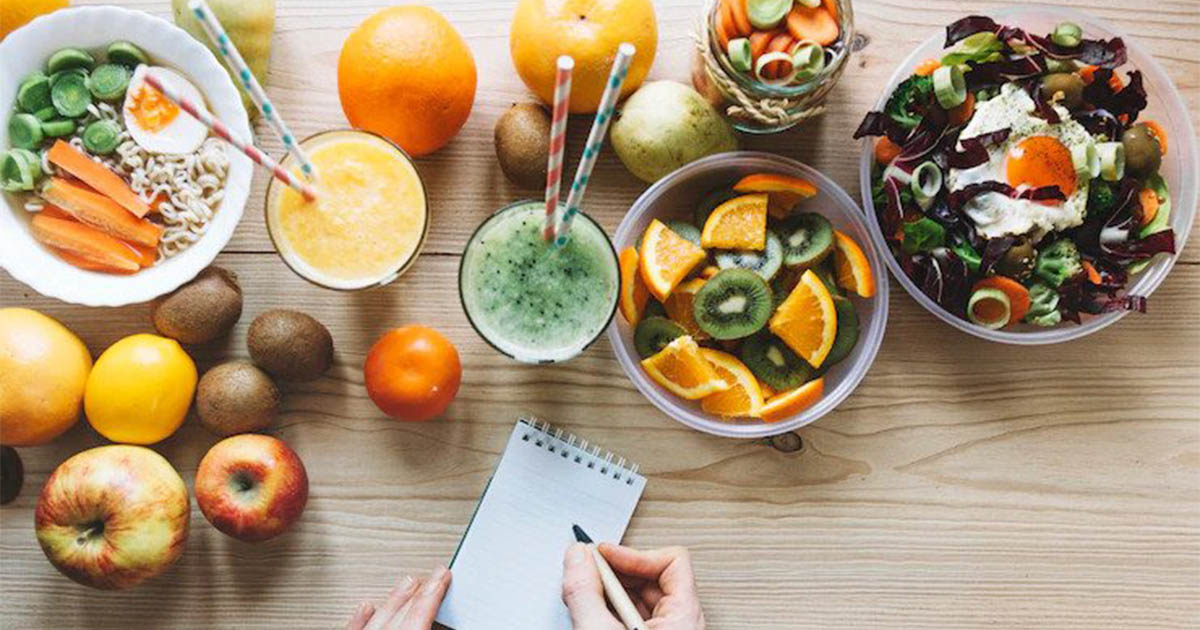Planning a Nutritious and Balanced Meal PlanDeveloping a diet tailored to your individual needs and preferences is key for optimal health and wellbeing. Planning meals ahead helps ensure you’re getting enough essential vitamins and minerals, and eating meals that are both delicious and nutritous – here are five steps that will help you create an aesthetically pleasing, healthful plan!
1) Identify Your Nutritional Needs
First step of meal planning is identifying your nutritional needs. A dietitian can assist in creating a personalized meal plan tailored specifically to your diet, lifestyle and health goals – prioritizing them accordingly so as to produce a realistic and attainable plan.

Remember that dietary restrictions like following a vegan or gluten-free diet must also be taken into consideration. Your hormones, antibodies and other important substances are composed of protein. Nutrition does not serve to fuel the body unless necessary; rather it comprises different amino acids which the body cannot produce for itself but requires from food sources in order to function optimally. Your body requires various combinations of essential amino acids in order to function correctly and produce all its own hormones and antibodies.
2) Set Meal Planning Goals
Once you have established your nutritional needs, it is essential to set meal planning goals. Common goals that people strive for with their meal plans include eating more plant-based foods and decreasing sugar and refined carbs intake while simultaneously increasing fibre consumption, protein consumption and blood sugar balance for improved overall health and wellbeing.

It is also beneficial to set meal planning goals based on your specific health goals and any concerns or issues that you are currently dealing with, for instance if you are trying to reduce blood sugar levels then setting an aggressive goal may help – perhaps cutting carbs out altogether is one solution!
3) Brainstorm Recipes
Once your meal planning goals have been established, the next step should be brainstorming recipes. Consult cookbooks and recipe websites as a place to start when creating or adding to your meal plan, but feel free to come up with new dishes of your own as well. It may be beneficial to keep a recipe notebook where you can keep track of which are your most-used and favorite ones.

As you brainstorm recipes, keep your current diet and health goals in mind when making selections. For instance, if your aim is to decrease carb intake, it would be prudent to avoid recipes that include heavy carbohydrates in their ingredients list.
4) Create A Grocery List
The next step in meal planning is creating a grocery list. Make sure your list takes into account your current diet, health goals and any dietary restrictions or special diet needs; and consider what ingredients will be necessary for creating recipes you enjoy while satisfying sweet cravings. If you follow a specific diet such as veganism or paleo eating plans be sure to account for any specific ingredients required as part of that lifestyle change.

It can be beneficial to create different grocery lists based on different dietary needs, such as vegan and gluten-free lists and non-vegan/non-gluten free lists.
5) Prepare And Enjoy Meals
Once you’ve created a list of recipes and groceries lists that suit your current diet, health goals, and dietary restrictions; now is the time to plan and create your balanced and nutritious meal plan! Planning can be done several days ahead so as to free up more time for other important tasks or responsibilities.

If you are making multiple meals at the same time, take the time to organize and label all of the ingredients so they are easily accessible. Also take this chance to organize and clean out your pantry/fridge; regular decluttering of these areas will prevent an overflowing and chaotic pantry situation from developing.
Also Read- 5 Things to Consider Before Taking Health Insurance






